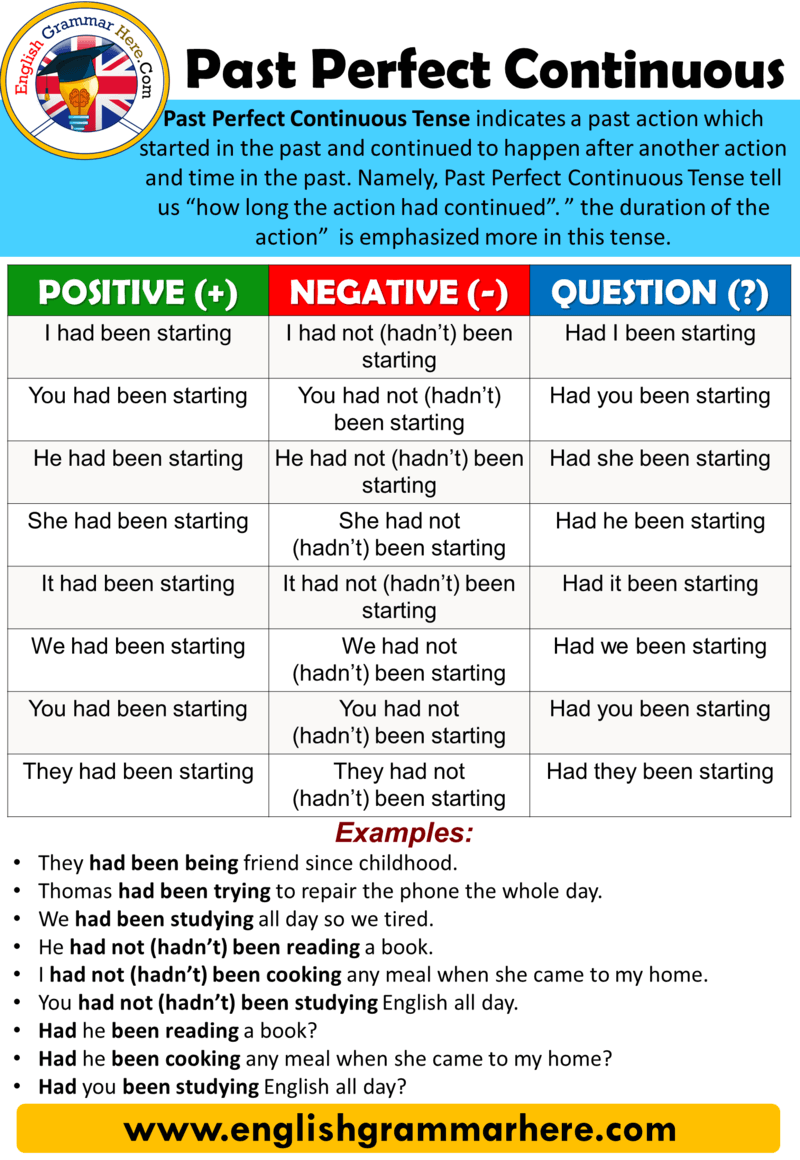

Use it only if the events you are talking about are following some other events.īut if you are asked to answer a question like the following, you will use the past perfect tense: If you are just telling someone some information from the past with no sequences, do not use the past perfect.

We do not use the past perfect tense when we are not trying to convey a sequence of events. When do we NOT use the past perfect tense? If we want to describe that we had something (owned it), we need to use the verb „had“ to describe its past perfect and another verb „had“ as the main verb in its past participle form. Notice that in the first sentence we use the verb „had“ twice.
PAST PERFECT TENSE MOVIE
She knew what was going to happen in that movie because she had read the book.Īll of these sentences are describing actions that happened before another action in the past.I had never seen anything like that before I came to New York.I did not have a lot of money because I had lost my job.We can also use it for actions that happened before a specific point in time in the past. The past perfect tense is often used to describe something that occurred before another event in the past. Completed action before something else in the past

In contrast to the past simple, in the past perfect tense we know when the action happened and can find more specific information about the sequences of events. This tense is used to specify events in the past. We use the past simple on many occasions. Since it is clear that we are talking about a specific instance of using the paint, we use the past perfect tense. I found out that he had used the washable paint only once, only in this particular instance. If we use the past perfect tense, we talk about one single event that happened in the past. Because he used it many times, we use the past simple. The past simple used in this sentence describes that he could use this washable paint many times, meaning it could be a habit. The first sentence is talking about using washable paint. The difference between these two sentences is not that big, but both of them describe something else.


 0 kommentar(er)
0 kommentar(er)
